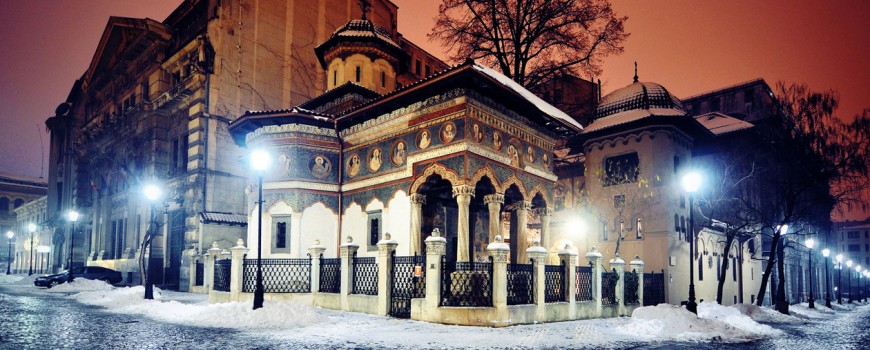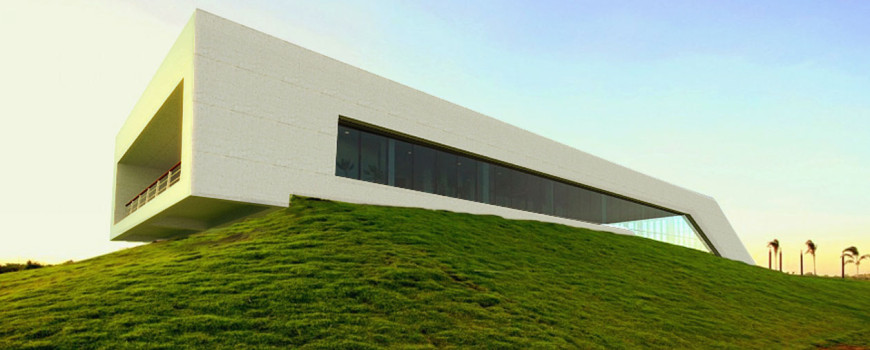
Energy Conservation And Sustainability Tips For Homeowners
Below are the top 10 tips homeowners can do to make their homes more energy efficient and sustainable. We spend so much money every month on utility bills it makes sense to learn how to adopt more sustainable and energy efficient behavior and technology to reduce those costs. Plus it can help the environment and conserve precious resources. These tips are easy to adopt and could help you save up to 50% on your total utility bill. Share them with your friends and your families so we can all save money and live more sustainable lives. If you would like REACH to host a workshop for homeowners contact REACH.
A PDF version of these energy conservation and sustainability tips for homeowners is available.
Top 10 Energy Conservation And Sustainability Tips For Homes
1. Thermostat: The rule of thumb is to set your thermostat to 78 in the summer months and 68 in the winter months. However, every climate and every comfort level is different. So set your thermostat as low as comfortable in the winter and as high as is comfortable in the summer. This will conserve energy and save you money. Also, make sure you don’t have any hot electronics or lights next to your thermostat. It tricks it into thinking it is hotter in the home than it actually is.
2. Windows: If you want to keep your house cool, shade your windows in the summer months to block the heat of the sun. If you want to keep warm in the winter, keep your windows unshaded so your home can absorb the heat of the sun. Also, make sure your windows make a tight seal when they close and there are no leaks around the frame. If there are leaks, the heat or AC you are pumping throughout the house will go right side. Which is the same as watching your money fly right out the window. No good. Of course an easy way to cost effectively manage your climate in the home is, if you are feeling hot, open your windows if it is hotter in your house than it is outside or, if you are feeling cold, open your windows if it is colder in your house than it is outside.
3. Seal your home: It is important to make sure your home is sealed properly from the outside air when you are trying to cool your home or keep it warm. Which is why sealing windows is important for conserving energy in a home. You can seal the windows with calking. Also make sure doors to the outside make a tight seal and have weather stripping at the bottom. Sometimes there can be cracks in the ceiling and floors that lead to the attic, garage or basement. Make sure these are sealed too. You can have one of REACH’s green contractor partners to perform a blower door test to find out where your leaks are so you can seal your home tightly. The energy you will save will more than pay for the cost of the contractor.
4. Hot water heater: Hot water heaters are usually stored in the garage, or in a closet. Make sure to insulate your hot water heater to prevent the outside temperature from cooling the water in the heater. It takes a lot more energy to heat up a water heater that is not insulated from cooler, outside air. Also make sure that your hot water heater is not set on the highest level (usually 140). This not only wastes energy, but also can scald you. Switch it to 120. If 120 is not a problem for you, see if you can switch it to 110. See how low you can go without sacrificing your quality of life. For each 10 degrees you decrease you can save 3-5% in energy savings.
5. Electronics and Appliances: Anything that is plugged into the wall consumes electricity. Sometimes these electronics and appliances consume energy even if they are not in use. To reduce your energy consumption, try and buy electronics and appliances Energy_Star_logothat are ENERGY STAR compliant, which means they meat the EPA’s guidelines for energy efficiency. Look for the little blue ENERGY STAR label. Also make sure to turn off all your electronics when you are not using them. This includes your computers and your entertainment systems when you go to bed. Keeping your computer and your entertainment systems on all month can cost you $20.
6. Lighting: Turn lights off when you don’t need them. Swap out all your lighting with energy efficient LED lighting. LED’s can save you up to 85% on your energy costs when compared to older incandescent technology. Contact REACH Alliance member Elemental LED to see about upgrading your home with LED lighting.
7. Water: Water is a valuable resource and it is up to us to conserve it. Install aerators for your faucets and low flow showerheads for your showers. They make showerheads that are low flow and have decent pressure these days. Also consult your local water utility because they often give away aerators and showerheads for free. Install low flow toilets to save water. Once again, these days there is enough pressure in the low flow toilets to wash all the waste down. Lastly, use less water. Instead of cranking the faucet on high to wash dishes, your hands, or teeth, turn the faucet on just enough to accomplish the task at hand. You can also take shorter showers.
8. Recycle: Most San Francisco Bay Area communities have recycling as part of their waste management services. Composting too (the green bin). It is important to know what you can and cannot recycle. Because you would be surprised what you should and should not put in the bin. For instance, did you know you can’t recycle shredded paper, pizza boxes or plastic bags in the blue bin? Take a look at REACH’s San Francisco Bay Area Recycling Guide for more information.
9. Landscaping: It is important to leverage the power of native plants in your garden, backyard or front yard. Native plants are the plants that are native to California’s climate. The grass and trees in the native landscape don’t need to be watered to thrive. Neither would the native plants in your home. They also have natural resistance toward predators and diseases. If you use native plants in your landscaping, your water bills will go way down since they need very little water and your maintenance costs will go down too.
10. Behavior: Most homes have more than one person living in them. Make sure everyone in the home understands how they can help to reduce energy and resource costs and contribute to being a sustainable member of the local and global community. Sit everyone down and go over these tips together and, as a single unit, try and see how low your utility bills can get. Reward success by putting all your savings into a party fund or something the whole household can enjoy.
originally posted at http://reachthefuture.org/sustainability-energy-conservation-education/energy-conservation-and-sustainability-tips-for-homeowners/





